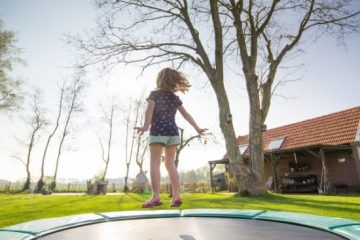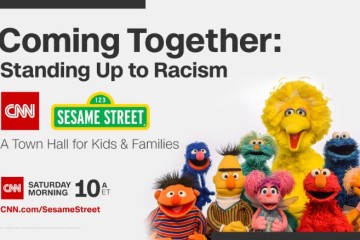
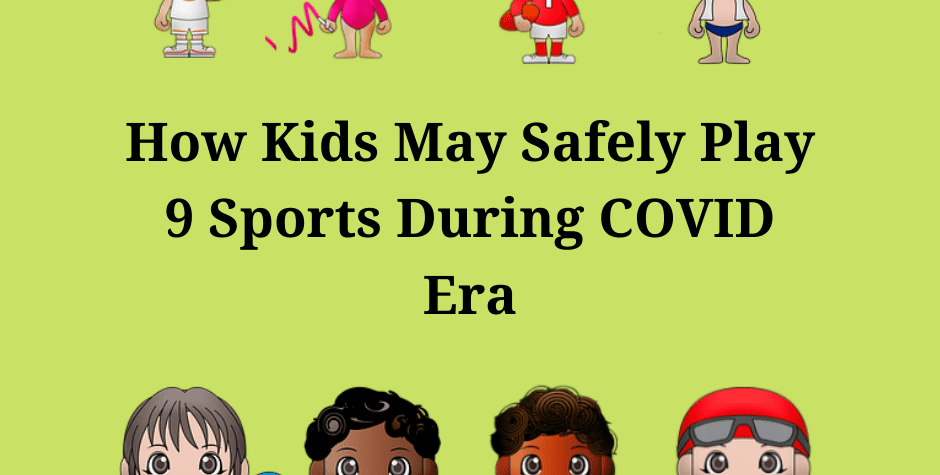
Are you thinking about enrolling your kids in sports and/or other extracurricular activities as COVID restrictions begin to lift?
The Importance of Sports/ Extracurricular Activities
Socialization is key for adults and kids alike. It’s a crucial part of social development and it has a positive impact on our mental well being. Needless to say then that COVID-19 restriction and lockdown has had a negative impact.
If your kids have been stuck at home most of the summer, you might have noticed some changes to their behavior. They may be more agitated than usual or they might seem more sad and anxious. Their sleeping pattern might have changed and this is going to make them more irritable. If you’re facing this issue, you’re not alone. A lot of parents are noticing the same problem but what’s going wrong? Nope, it’s not the weird and wonderful impact of a full moon.
It’s likely due to the fact that kids are missing out on extracurricular activities that used to be a key part of their daily and weekly schedule. Pediatricians are in agreement that social activities and interactions are beneficial for kids. It helps them learn skills like teamwork and even allows them to develop their emotional intelligence.
But we know what you’re thinking. Are sports safe in a world where the spread of COVID-19 is a constant risk? A lot of parents rightfully feel the same way but the benefits of sports activities may outweigh the issues. Particularly if you know how to select a sporting activity.
Let’s explore some of the key factors to consider.
Some Things To Consider With ALL Sports
It doesn’t matter which sport they play, the organizers should consider the following when setting up their sports program:
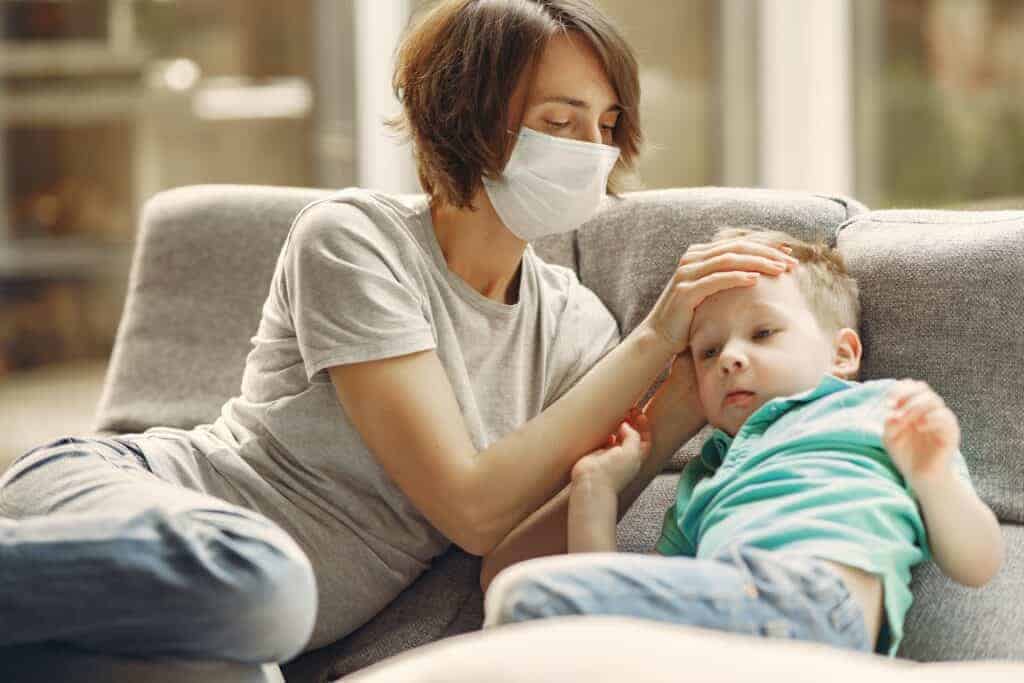
Avoid Contact With Sick People
If you are attending an extracurricular activity with your kid, the organization should lay out clear guidelines that state those who do not feel well should not attend. While it’s true that the majority of people that develop COVID-19 will be asymptomatic, it’s still important to check for symptoms. That’s why many providers are taking temperature checks before letting children socialize and interact in groups. If they don’t take temperature checks, at a minimum, they should request that those attending confirm they don’t have any COVID symptoms and they haven’t been exposed to the disease.
Advice connecting to this should be clear and available from sources like the organization’s website. They should also have signs around the venue reminding other families of this issue.

Keep Hands Clean
One of the easiest ways to prevent the spread of COVID-19 is to wash your hands thoroughly . As a parent, you’re probably all too aware that a lot of kids simply don’t bother to wash their hands. The organization should be encouraging this action and making it easy for kids to do. Look out for soap dispensers around facilities and lots of bins to get rid of used hand wipes. Some organizations might also offer antibacterial gel for free or encourage you to bring your own. This is going to differ for each provider but if in doubt, it’s worth getting in touch.
Increased Frequency Of Cleaning
You should also make sure that you are cleaning anything that your child is around more frequently than you would have before COVID-19 hit. This way, you know that your child isn’t carrying the germs into the sporting activities that you have enrolled them in. You should be including door handles, surfaces and anything else that your child touches.
Germs can live on a surface for a long time. While there is no definite answer about how long COVID-19 can live on any given surface, the general hypothesis is that it can survive anywhere from 2-9 hours. As such, it’s important that you are making sure the places you are letting your child are being cleaned frequently. Ask the question if necessary, because you need to make sure that they are going to be in a safe environment. Ensure that the facilities and anything that your child is going to be touching are cleaned thoroughly every hour or so and if there is any equipment being used that it is cleaned between uses.
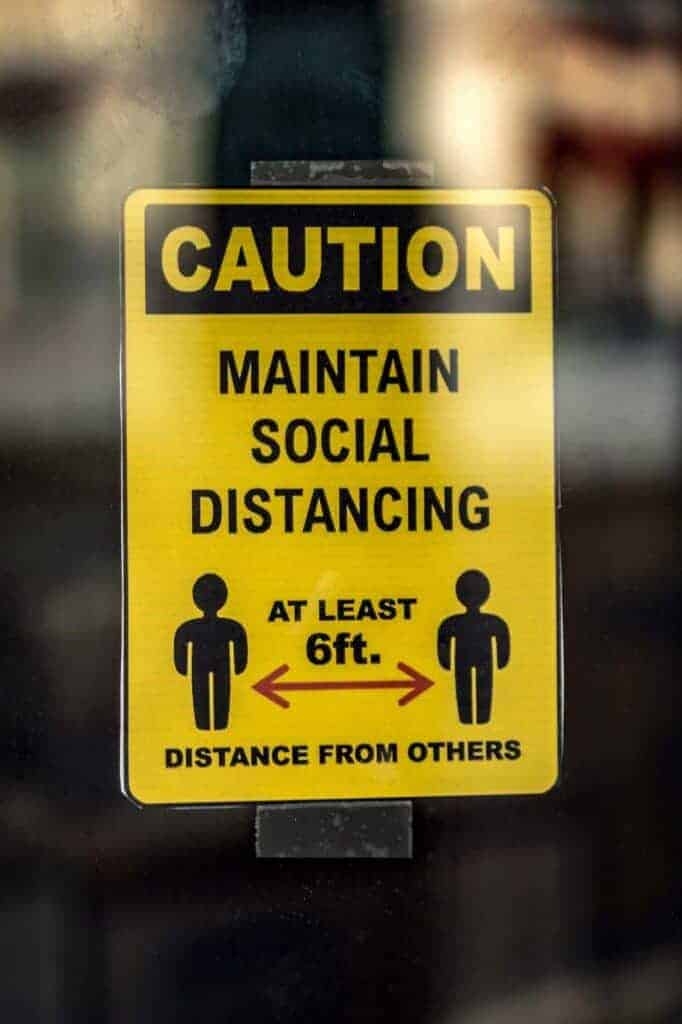
Social Distancing for Kids
Another way recommended to prevent the spread of COVID-19 is to socially distance. Socially distancing is difficult to impossible with some sports but not all activities. Groups should be small right now so if you arrive and there’s a class of thirty children, it might be best to leave. It’s far more difficult to socially distance with a class size like this. Instead, you may want to find an extracurricular activity with smaller class sizes.
In some cases, kids will be kept a few feet apart at all times. There might even be markers on the floor to ensure this happens. Particularly in entrances or corridors where it’s more difficult to keep children socially distanced. If there are multiple groups, it’s important they don’t interact or mix. Instead, groups should remain consistent.
In addition, kids shouldn’t sit adjacent to each other and the seating should be wiped down between classes. There should be some space between the kids. It will be difficult but kids also shouldn’t high 5 or fist bump when they celebrate.
Social Distancing for Parents
There should also be a limit to the number of parents attending practices. Most places are limiting practices to one parent per child or they don’t allow any parents to stay during practice. Similar to the kids, the parents shouldn’t sit adjacent to each other.
In addition, the seating for parents should also be cleaned between classes.
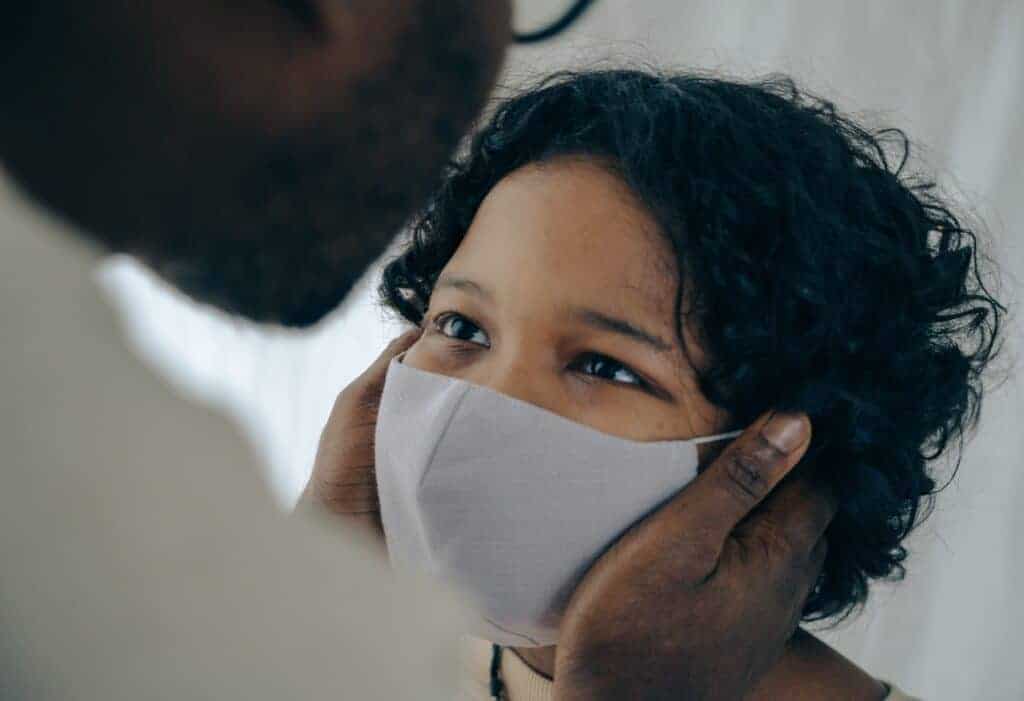
Masks
Despite there being a significant debate at the start of the pandemic, health experts now agree that wearing a mask is important. At the very least it can reduce the chances of someone who is asymptomatic spreading the virus. So, you might want to check whether providers will be wearing masks around your children. It’s also possible the kids will be required to wear masks though this won’t be possible with all sports and activities. If masks are required in your area, then parents should also be required to wear masks.
Things to Consider For Specific Sports
Ideally, if you’re searching for activities for your kids, you should be looking for ones that are being held outdoors. Research suggests that people are less likely to contract the virus in outdoor spaces. This is because there is more airflow and there isn’t any air conditioning system blowing it around. That’s why most cinemas are still closed. If an activity is being run indoors, masks should probably be worn at all times.
Now let’s look at some requirements for specific activities you might be considering.
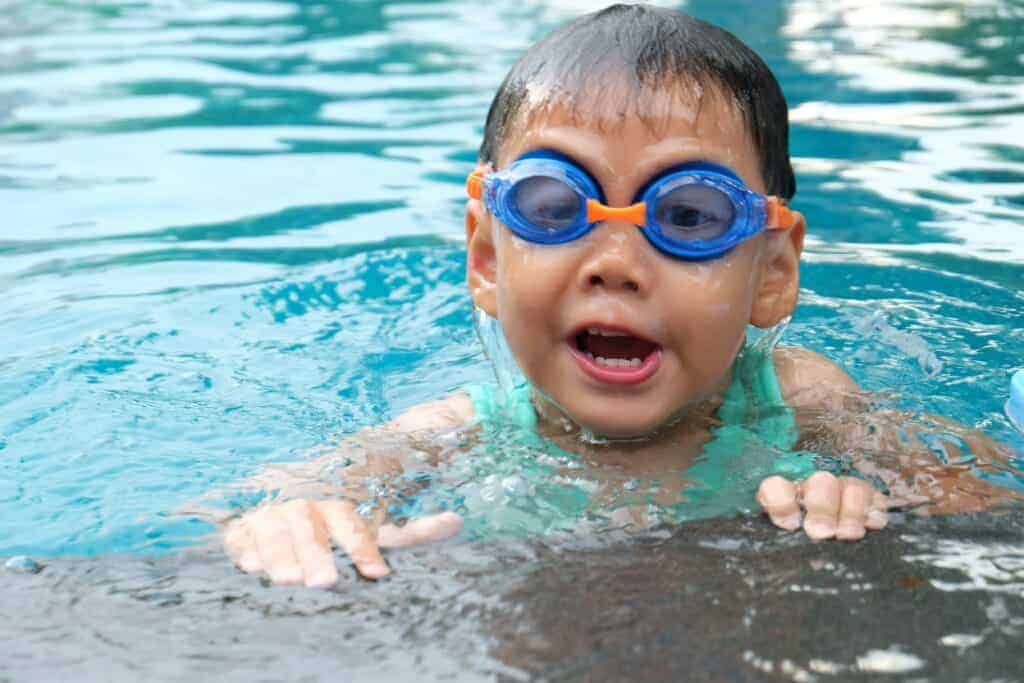
1. Swimming
One of the precautions that you can take when it comes to swimming is ensuring your child turns up in their swimming costume. Of course, when they get out of the pool they are going to have to change, but this won’t take very long. Limiting the amount of time in the changing rooms will reduce the risk of spreading the virus. Also, double-check that the changing room is cleaned between uses.
According to the CDC it is feasible to remain safe in an environment like a pool. However, individual requirements for these locations should be determined by the local government. Some water parks are now open for business. There is no evidence that COVID-19 can spread through recreational water however close contact should still be avoided. There have also been numerous reports which state that the average level of chlorine in a public swimming pool will kill the virus. Furthermore, while masks can be worn around the pool the CDC recommends avoiding wearing them in water as they make it difficult to breathe when wet. In lieu of face masks, face shields are an alternative.
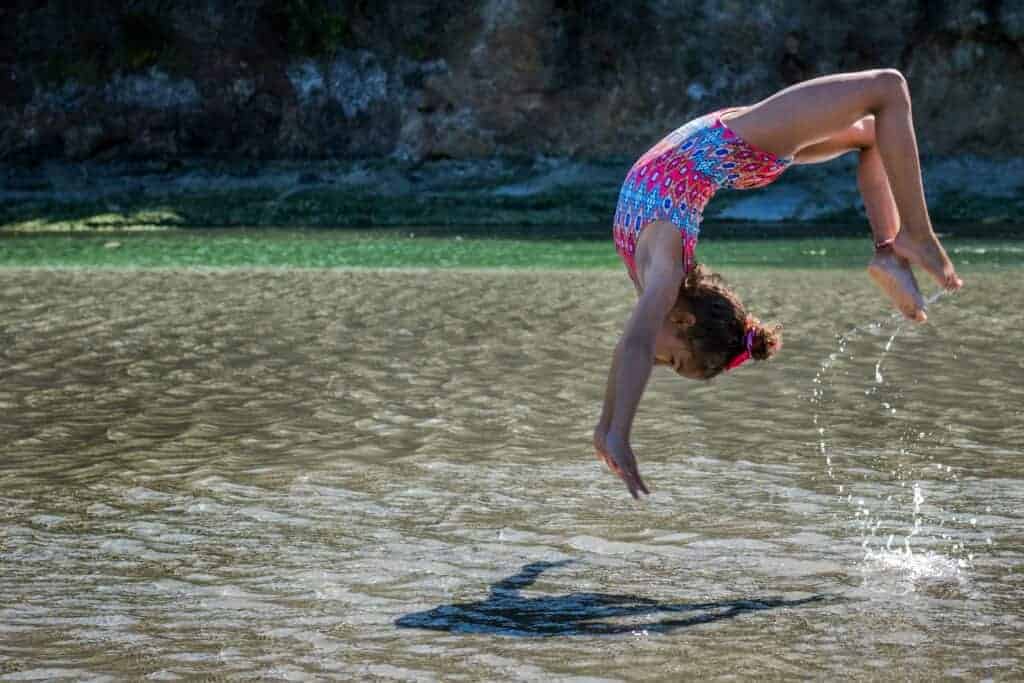
2. Gymnastics
Like with swimming, if you make sure that your child is in the right clothes before they arrive, it will mean less contact time in the changing room. Also with gymnastics, make sure that equipment such as bars and mats used are cleaned after every use. Kids should also should be kept the correct distance apart according to social distancing guidelines.
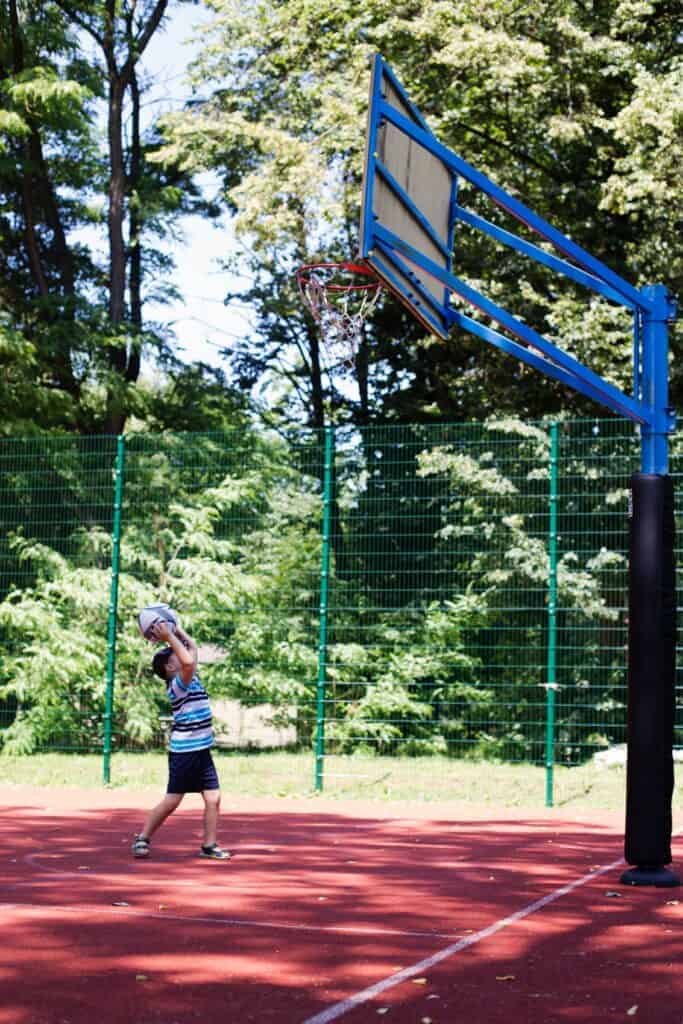
3. Basketball
Before any child takes part in basketball, they should wash their hands thoroughly. Whether this is with soap and water of hand sanitizer doesn’t matter, as long as the bacteria are wiped away. This way, the risk of spreading infection through the ball is minimized, so make sure your kid has clean hands before participating. It’s worth noting the CDC suggests that to keep the environment safe, nonessential individuals such as spectators should not be present during this activity.
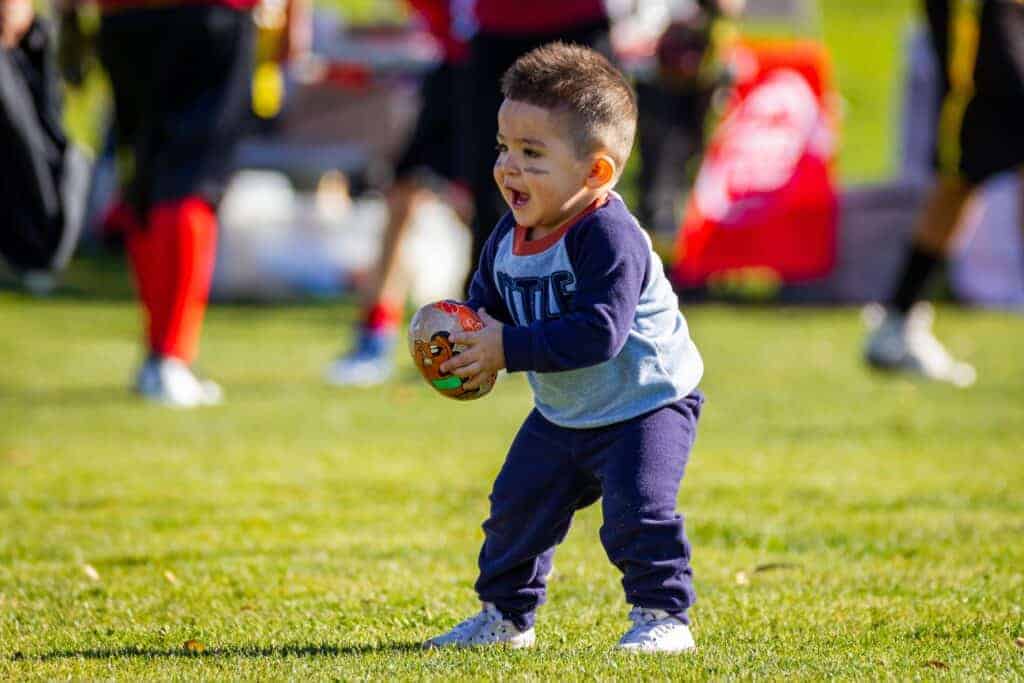
4. Football
It’s not likely that you will find many places open for football practice right now, but if you do, ensure that your kid uses hand sanitizer before they take part. This kills 99.9% of bacteria on the hands, and if you do this with them again after they have played, it should kill any germs that linger from the ball. Ideally, there should be no tackling allowed right now, so only plays should be run while maintaining social distancing. The CDC does not make any specific suggestions for individual team sports such as football. However, requirements can be met assuming the area being used is large enough to keep each player about six feet apart. Ultimately, this means that games probably can’t move forward this summer but players can still practice skills in smaller groups.
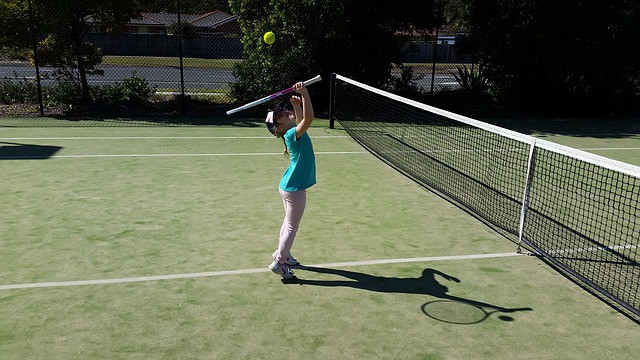
5. Tennis
Tennis may be one of the safer activities. This is because the participants are typically on opposite sides of the courts. They are more than 6 feet apart. If the instructor needs to be close to the student, both the student and the instructor should wear masks and/or face shields. If possible, avoid sharing equipment.
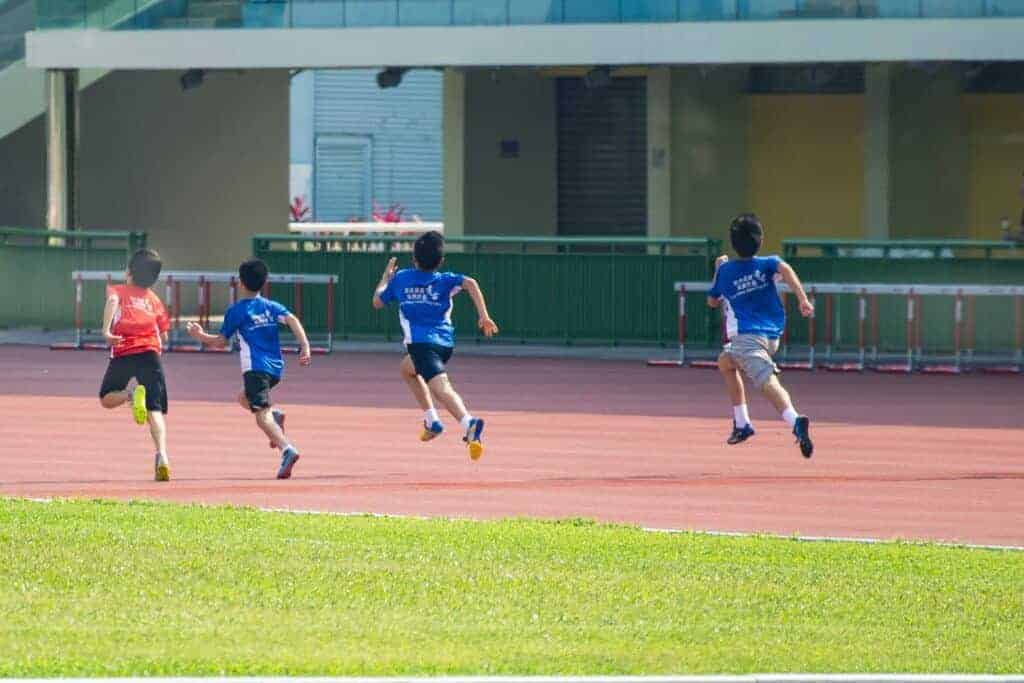
6. Track
This is one of the safer sports because the actual sport doesn’t include physical contact. During the race, the participants may be spaced within the CDC guidelines.
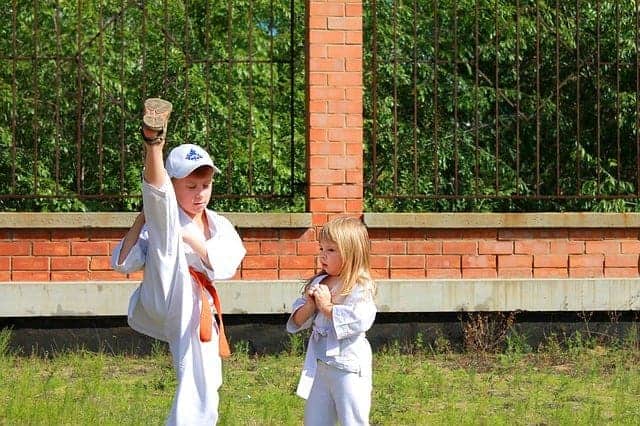
7. Karate
Karate lessons could be available right now. If you do find a provider, check whether classes are being run indoors or outdoors. You might also want to consider if there is going to be contact between the children. Ideally, they should just be practicing moves independently. This is going to be different from normal lessons when kids normally work in pairs. On the plus side, you won’t have to deal with your child coming home with bumps and bruises.
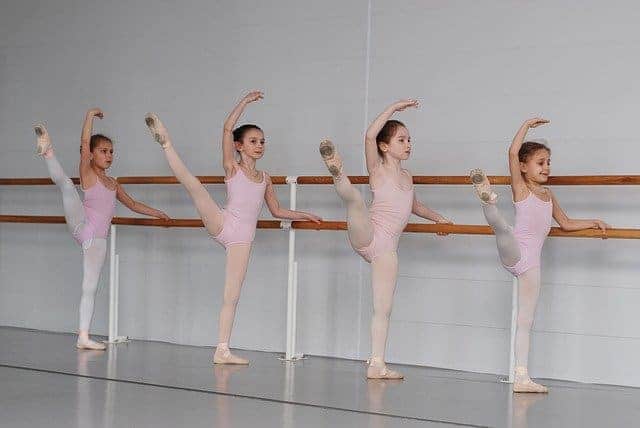
8. Ballet or Dance
Similar to Karate, it’s going to be important that children are being kept separate during ballet or dance classes. Like swimming, it would be beneficial if kids were being instructed to show up in their uniform rather than get changed at the venue. You will also probably find that kids need to bring their own gear rather than using the ballet slippers provided. This is another activity that could probably be completed outdoors right now and should be. While the CDC does not mention specific sports or activities that are going to be safer than others, it does stress that limiting interactions between children is essential. Ballet and dance classes do provide this possibility and can even be completed outdoors. Similar to Gymnastics, any equipment that may be utilized in multiple classes should be wiped down between uses (i.e. ballet bars.
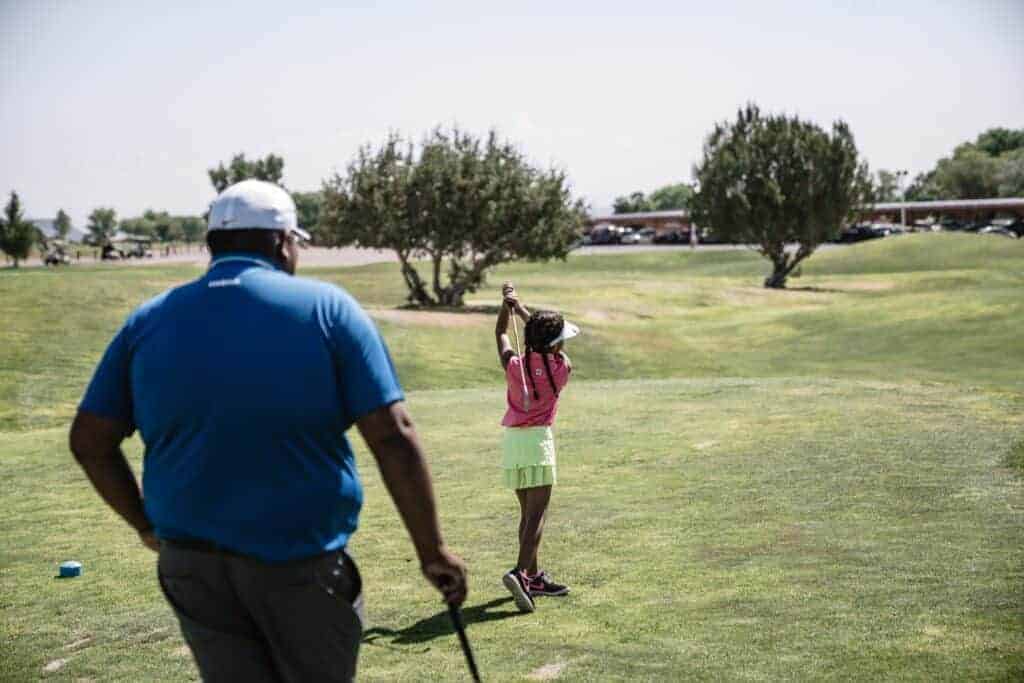
9. Golf
Similar to tennis, golf is also one of the safer activities. This is because the sport may be played without physical interaction between participants. When one person is hitting, the other participant should stand at least 6 feet apart. If the instructor needs to be close to the student, both the student and the instructor should wear masks and/or face shields. If possible, avoid sharing equipment.
Wrap-Up
We hope this helps you understand the best way to select some sporting activities for your kids during COVID-19. This may provide you want some options for playing sports in safe manner.
I can not guarantee that your kid will not obtain Coronavirus but following these guidelines should minimize that possibility.
If you are not comfortable enrolling your kids in sports during this time. Every parent should do what is comfortable for them. In the interim, here are some options for providing your kids ways to play/ exercise indoors.










